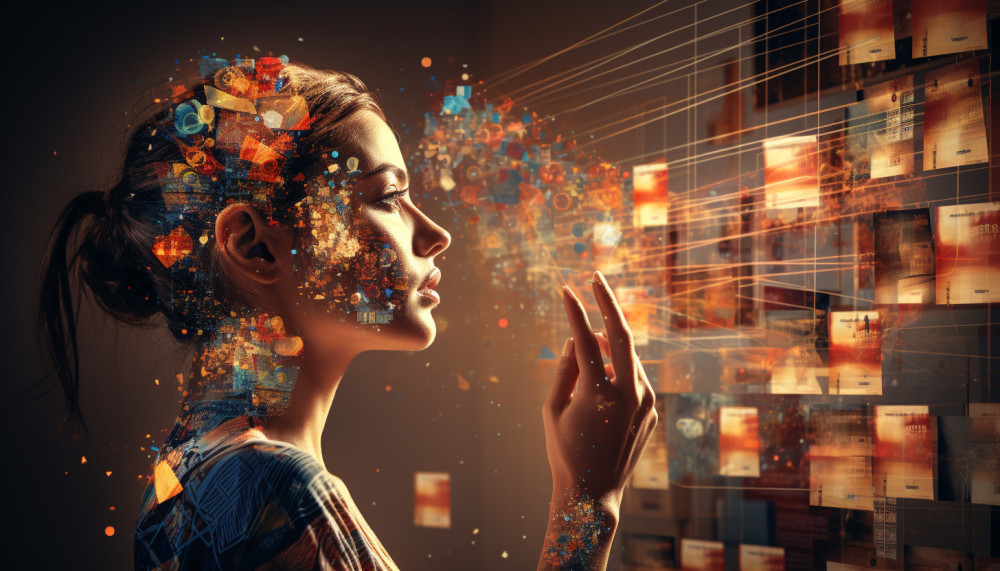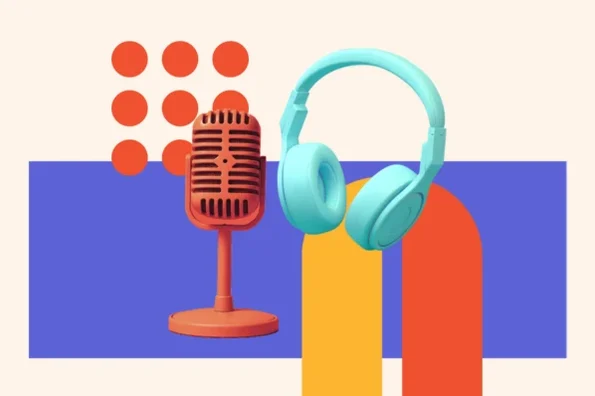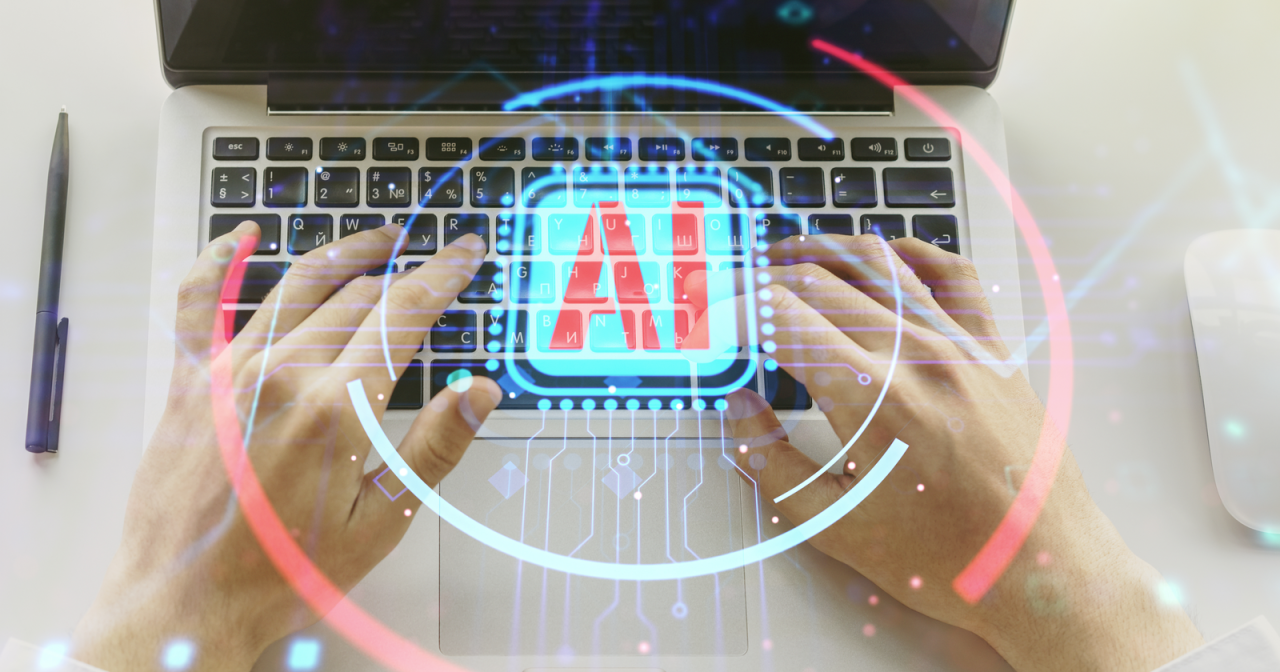The advent of artificial intelligence has ushered in a new era of creativity, particularly in the realm of visual content. AI-generated images, once a distant concept, are now a tangible reality, reshaping industries and redefining artistic expression. This article delves into the world of AI-generated images, exploring its capabilities, implications, and the potential it holds for the future of visual content creation.
Understanding AI-Generated Images
AI-generated images, also known as synthetic or computer-generated imagery, are visual representations created by artificial intelligence algorithms. These algorithms are trained on vast datasets of images, enabling them to learn patterns, styles, and characteristics. Once trained, the AI can generate new images that are remarkably similar to real-world visuals or entirely original and abstract.
How AI Generates Images
- Generative Adversarial Networks (GANs): One of the most prominent techniques, GANs consist of two neural networks: a generator and a discriminator. The generator creates images while the discriminator evaluates their authenticity. This competitive process leads to the generation of increasingly realistic images.
- Variational Autoencoders (VAEs): VAEs encode images into a lower-dimensional latent space and then decode them to reconstruct the original image. By manipulating the latent space, new images can be generated.
- Style Transfer: This technique combines the content of one image with the style of another, creating visually striking and unique results.
The Impact of AI-Generated Images
Revolutionizing Content Creation
AI-generated images are poised to revolutionize the way visual content is created. By automating many aspects of image creation, AI can significantly reduce production time and costs. Designers, marketers, and content creators can leverage AI to generate a vast array of images, from product mockups to social media graphics.
Enhancing Creativity
While concerns about AI replacing human creativity persist, the reality is that AI can be a powerful tool for enhancing human creativity. By providing a vast palette of visual possibilities, AI can inspire new ideas and approaches. Artists can use AI as a starting point for their creations, pushing the boundaries of their artistic expression.
Addressing Challenges and Ethical Considerations
The rapid advancement of AI-generated images also brings forth challenges and ethical considerations. Deepfakes, for example, raise concerns about misinformation and the potential for malicious use. Ensuring the ethical use of AI-generated images requires a robust framework of guidelines and regulations.
AI-Generated Images in Different Industries
Advertising and Marketing
AI-generated images are transforming the advertising and marketing landscape. Brands can create personalized visuals tailored to specific target audiences, increasing engagement and conversion rates. AI can also generate product images, saving time and resources.
Film and Gaming
The film and gaming industries are embracing AI-generated images to create stunning visuals. AI can assist in generating realistic environments, characters, and special effects, enhancing the overall visual experience.
Fashion and Design
AI-generated images are revolutionizing the fashion industry by enabling designers to create unique and innovative designs. AI can generate new fabric patterns, clothing designs, and even virtual fashion shows.
Art and Photography
While AI-generated images raise questions about the definition of art and authorship, they are also inspiring new forms of artistic expression. AI can be used to create abstract art, generate new styles, and even collaborate with human artists.
The Future of AI-Generated Images
The future of AI-generated images is incredibly promising. As AI technology continues to advance, we can expect even more realistic and sophisticated images. The integration of AI with other technologies, such as augmented reality and virtual reality, will open up new possibilities for immersive experiences.
However, it is essential to approach the development and use of AI-generated images with caution. Ethical considerations, such as copyright and intellectual property, must be carefully addressed. Additionally, efforts to combat deepfakes and other forms of misuse are crucial.
Conclusion
AI-generated images are undeniably reshaping the landscape of visual content creation. While challenges and ethical questions remain, the potential benefits are immense. By understanding the capabilities and limitations of AI, we can harness its power to create innovative and impactful visual content. As the technology continues to evolve, it is imperative to foster responsible development and use to ensure a positive impact on society.



